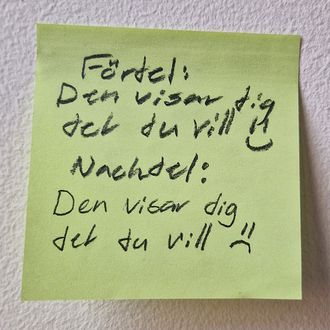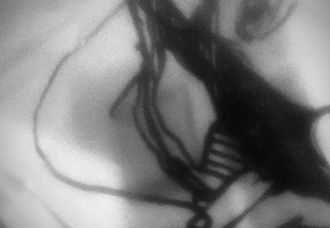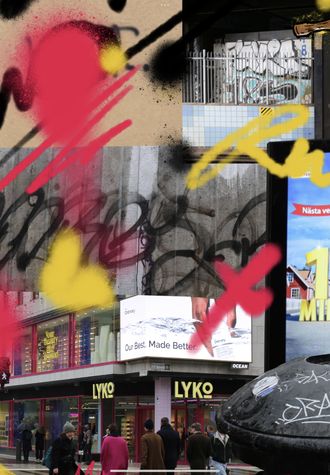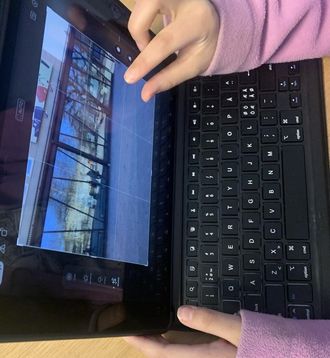Teacher Education Programme in Visual Arts
During the last semester of the five-year Teacher Education Programme in Visual Arts, the students conduct a degree project in which they work with both artistic and scientific methods. Their results are communicated both in a scholarly thesis and through an artistic work. These two forms of knowledge highlight the breadth of skills and knowledge that the students in the Teacher Education Programme in Visual Arts have developed during their years of study at the Department of Visual Arts and Sloyd Education (IBIS).
At the core of the investigations is the field of visual arts education and topical issues regarding learning. The students’ degree projects are thus not only about expanding their own expertise, but also about understanding and contributing to the aesthetic learning processes of children and young people. This is especially important in a time when visual cultures are facing a shift, not least since artificial intelligence software became a public tool. Through this change, children’s visual literacy, that is, their ability to read and critically examine images, will presumably become more important than ever before.
And it is just as important to conduct teaching in a way that gives children and young people the chance to also develop their own abilities to communicate through visual methods and techniques. Examples of precisely this can be seen in the degree projects of the students in the Teacher Education Programme in Visual Arts. Children at a compulsory school for pupils with learning disabilities get to meet a turtle that works as a sketch model – on its own terms. Several of the works address students who are newly arrived in Sweden and their encounters with visual arts education, and ask questions about whether imagery is universal – or culturally negotiated. Other degree projects deal with meeting the students in their own visual worlds to develop engaged learning – through fan fiction, murals and user-welcoming visual learning environments.
Teaching in a visual arts education programme requires the ability to constantly address new and topical issues about young people, their learning and changing visual arts cultures. We teachers at IBIS learn in pace with – and through – the students. This is a benefit that we gladly share with you visitors here at Konstfack’s Degree Exhibition 2024. The artistic component of the degree projects is presented at the exhibition. The scholarly essays are published after the end of the course on the DIVA research platform. You are very welcome to read them there to gain a full understanding of the students’ degree projects!
Maria Eriksson and Jacob Kimvall, senior lecturers, Teacher Education Programme in Visual Arts (Art/Media or Art/Design) at the Department of Visual Arts and Sloyd Education (IBIS)












